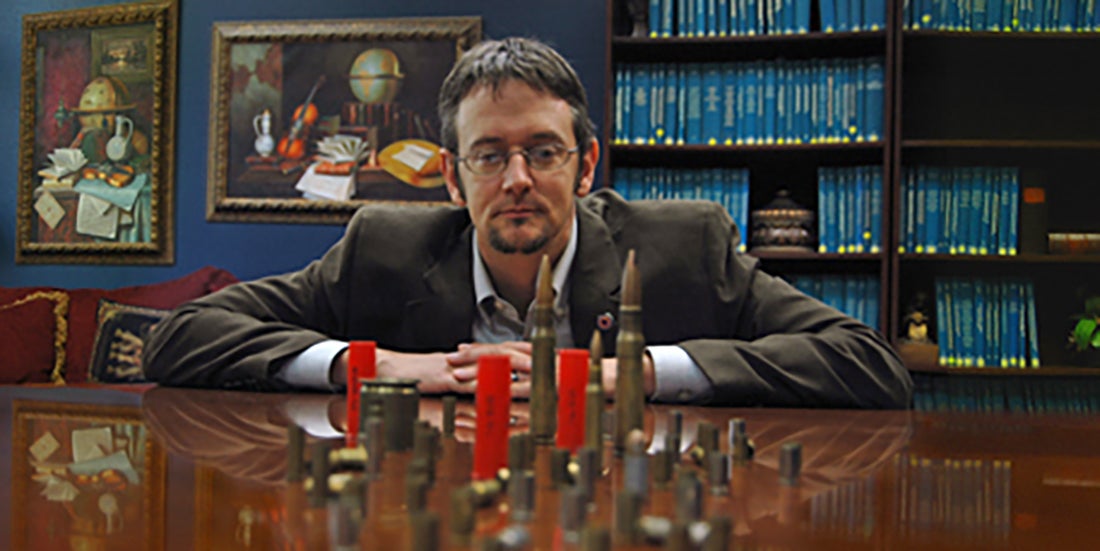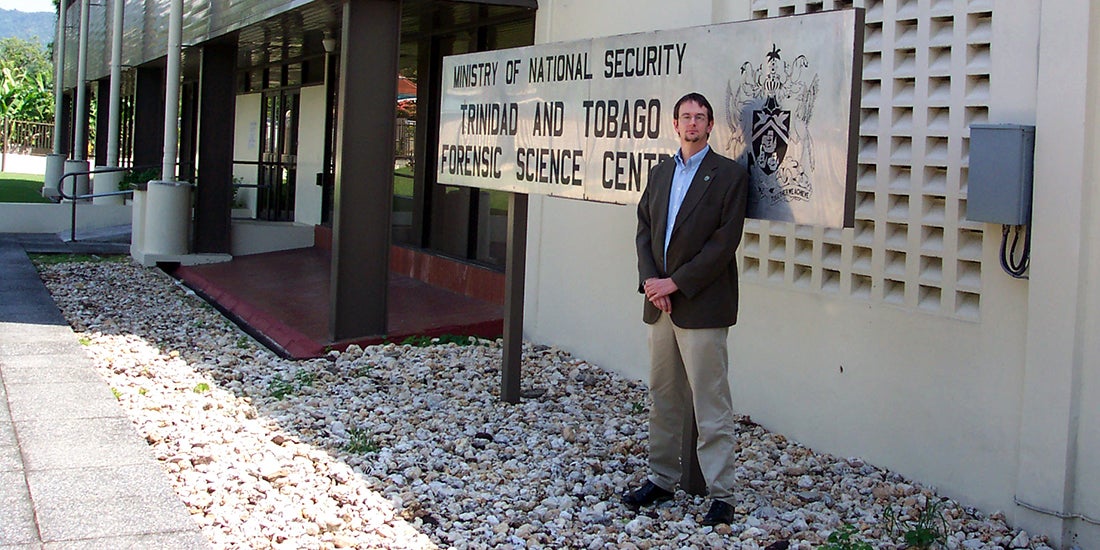
“Five Questions” is a new feature at The Blue Review. We ask scholars, activists, and public officials five short questions about their work (and other things). Here, Dr. Bill King, a professor of Criminal Justice at Boise State University, discusses how crime labs actually work and the challenges they face.

How do you explain what you do to someone who isn’t an expert in your field?
I study forensic crime labs. There are about 459 publicly funded crime labs in the US, which analyze forensic evidence from police agencies, and sometimes for prosecutors’ offices. These labs differ greatly in terms of their structure (e.g., some are large, most are small), functions (some perform many tasks and analysis, others perform a few), and who they serve (some handle forensic analysis for one police agency, others serve an entire state).
I want to understand how and why labs differ on these three dimensions. I am also interested in understanding why labs vary in the types of analysis they perform and the timeliness of their analysis, including backlogs and evidence that is never analyzed.
You study crime labs – most of us learn about those from TV shows. What do you wish people understood better about how actual crime labs work?
First, the majority of solved crimes (that is, a suspect is arrested) are solved because of information provided by people, such as the victim or witnesses, or because a patrol officer arrests a suspect at the scene of the crime. Rarely is a previously unknown suspect identified due to the lab.
More often, information from the lab helps investigators confirm they have the correct suspect or helps establish key facts about the crime. Second, lab analyses take longer than TV shows portray—days at a minimum, and often longer.

What are some challenges facing crime labs today?
Labs face tremendous pressure from the agencies they serve (usually police and prosecutors) to perform many forms of analysis and to do so very quickly. Data from the Bureau of Justice Statistics indicates that labs received 3.8 million requests for analysis in 2014.
Labs also face pressure from legislators and the judiciary to clear backlogs of evidence, and to perform their analysis without mistakes. Labs must handle these demands on their capacity (process more inputs), and demands on how they work (analyze evidence quickly and accurately), while balancing their budget and managing lab employees and resources. Labs are a very difficult organizations to lead and manage.
What are you working on now, specifically?
I have been exploring the attributes of labs that are proficient at quickly processing firearms evidence retrieved from crime scenes. Specifically, some labs possess equipment that can help identify if firearms evidence (fired bullets and spent cartridge casings) from one crime scene originated from a specific gun. It’s a process called ballistics imaging, and it’s a powerful tool for helping in crimes involving firearms. I have been exploring why some labs are better at processing ballistics evidence as compared to other labs.
Ever been to a crime lab? Was there anything surprising about your visit?
I have been to quite a few labs around the US and in the Caribbean. I have never been in a lab that looked like a lab on TV. I am always heartened by the commitment of lab employees to performing accurate analysis and determining the truth.